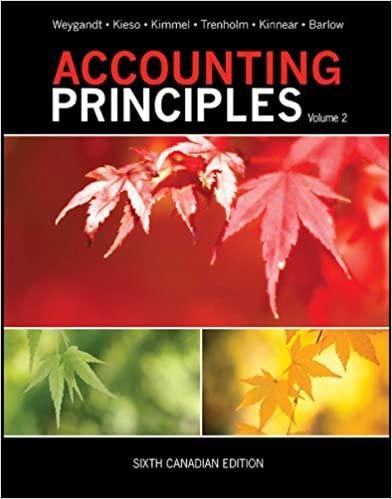Answered step by step
Verified Expert Solution
Question
1 Approved Answer
White Company has two departments, Cutting and Finishing. The company uses job-order costing and computes a predetermined overhead rate in each department. The Cutting

White Company has two departments, Cutting and Finishing. The company uses job-order costing and computes a predetermined overhead rate in each department. The Cutting Department bases its rate on machine-hours, and the Finishing Department bases its rate on direct labor-hours. At the beginning of the year, the company made the following estimates: Direct labor-hours Machine-hours Total fixed manufacturing overhead cost Variable manufacturing overhead per machine-hour Variable manufacturing overhead per direct labor-hour Required: 1. Compute the predetermined overhead rate for each department. Department Cutting 8,700 50,000 $ 400,000 $ 4.00 Finishing 81,000 2,700 $ 514,000 0 0 $2.75 2. The job cost sheet for Job 203, which was started and completed during the year, showed the following: Direct labor-hours Direct materials Machine-hours. Direct labor cost Department Cutting Finishing 5 17 89 4 $ 350 $ 323 $ 780 $ 95 Using the predetermined overhead rates you computed in requirement (1), compute the total manufacturing cost assigned to Job 203. 3. Would you expect substantially different amounts of overhead cost to be assigned to some jobs if the company used a plantwide predetermined overhead rate based on direct labor-hours, rather than using departmental rates? Complete this question by entering your answers in the tabs given below.
Step by Step Solution
There are 3 Steps involved in it
Step: 1

Get Instant Access to Expert-Tailored Solutions
See step-by-step solutions with expert insights and AI powered tools for academic success
Step: 2

Step: 3

Ace Your Homework with AI
Get the answers you need in no time with our AI-driven, step-by-step assistance
Get Started


